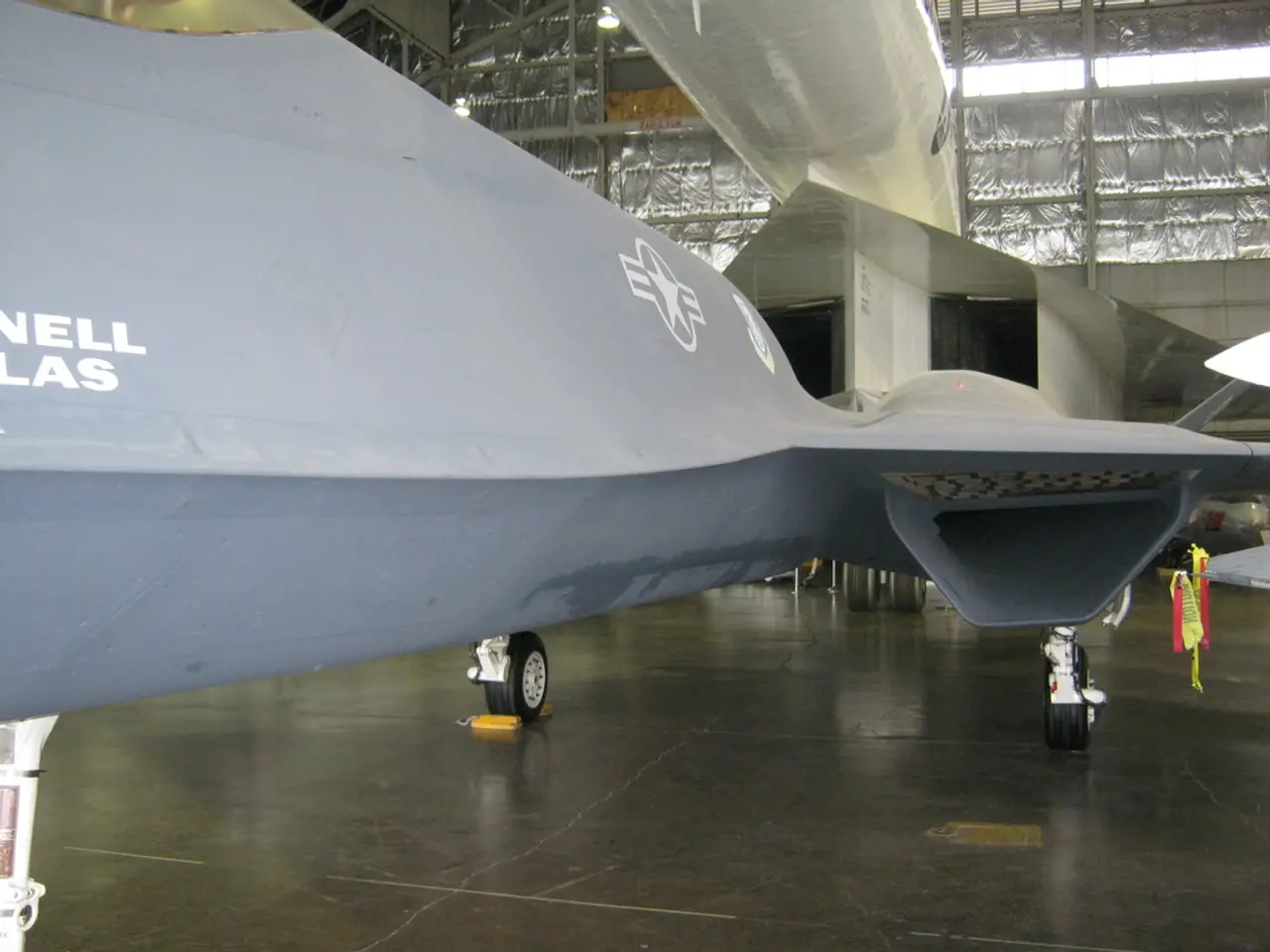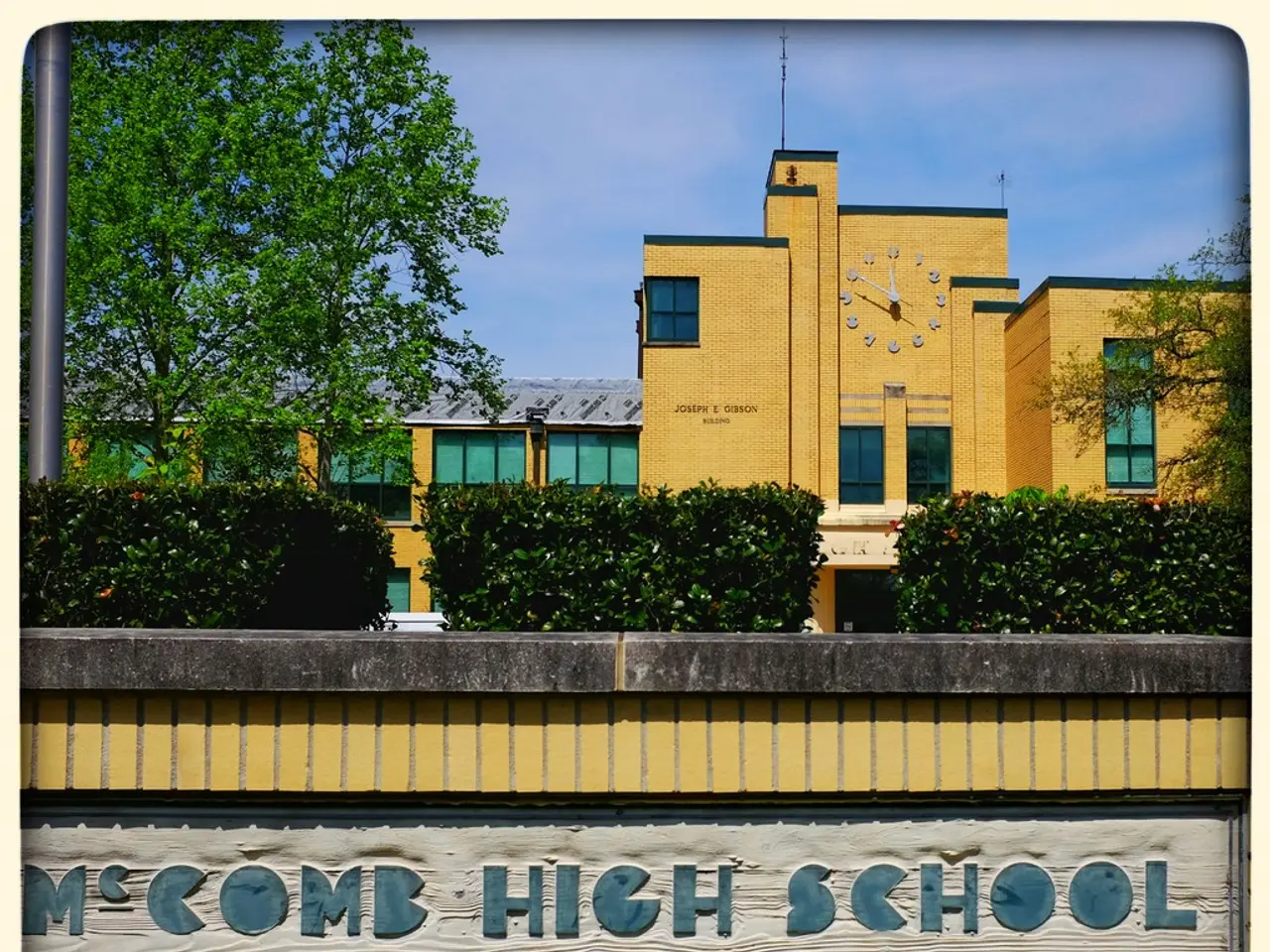Investigation questions aviation training methods amid hearings concerning January airplane accident
The National Transportation Safety Board (NTSB) has concluded its investigation into the deadly midair collision between a Black Hawk helicopter and an American Airlines regional jet near Ronald Reagan Washington National Airport (DCA) in January 2025. The findings point to significant systemic and procedural deficiencies in training, protocols, communication, and staffing stability among air traffic controllers as contributory factors to the tragic accident.
The investigation revealed that the crash was not due to a single event but built over years of resource constraints and operational challenges at the DCA air traffic control tower. The air traffic operations manager testified that longstanding issues including understaffing, insufficient resources, and possibly inadequate protocols for managing mixed military and civilian air traffic in the congested Washington airspace contributed to the conditions leading to the crash.
Communication protocol failures were also highlighted in the investigation. The Army Black Hawk helicopter did not receive a crucial controller command because the transmission was overlapped, and the airliner was not warned or cleared regarding the proximity of the helicopter. Routine air traffic management practices came under scrutiny as helicopters and planes were commonly flying as close as 75 feet at some points near the airport, indicating a high-risk operating environment exacerbated by procedural gaps.
The NTSB Chair, Jennifer Homendy, criticized the Federal Aviation Administration (FAA) for delays and lack of transparency in providing the full list of control tower personnel working that night, which is relevant to understanding staffing and training issues. High turnover and training concerns were acknowledged as serious issues by officials.
Air traffic controllers are trained to ask for additional help if overwhelmed, but there is no training for supervisors to proactively look out for a pile-up of duties, according to a former operations manager of the DCA control tower. In fact, a memo sent by controllers who manage the DCA airspace to their superiors in 2023 requesting lower arrival rates at the airport was ignored.
During the hearings, the FAA's acting deputy chief operating officer of operations, Nick Fuller, stated that air traffic control should have alerted the crew of the jet about the helicopter and that air traffic controllers will provide extra information as necessary to ensure safety. However, Fuller also testified that it is the pilot's responsibility to maintain visual separation while in the air.
Homendy will be digging further into the pressures air traffic controllers face at DCA and has made some of the witness panelists switch their seats during the hearing due to an observed incident where "one of the supervisors had elbowed an FAA employee mid-sentence."
In summary, the NTSB's investigation has shed light on numerous systemic issues that have accumulated over time, contributing to the deadly collision near DCA. The average rate on a 30-year mortgage has eased again, offering modest relief, but the aviation industry faces more urgent challenges in addressing these systemic issues to ensure the safety of air travel.
- The investigative findings about the midair collision between a Black Hawk helicopter and an American Airlines regional jet revealed a series of policy-and-legislation deficiencies, such as resource constraints, understaffing, and inadequate protocols for managing mixed military and civilian air traffic in congested Washington airspace.
- The NTSB has pointed out communication protocol failures as a significant factor in the midair collision, with the Army Black Hawk helicopter not receiving a crucial controller command and the airliner not being warned or cleared regarding the proximity of the helicopter.
- In a related matter, the NTSB Chair, Jennifer Homendy, criticized the Federal Aviation Administration (FAA) for their delays and lack of transparency, specifically regarding the provision of a complete list of control tower personnel working the night of the crash, which is crucial for understanding staffing and training issues.
- During the hearings, the FAA's acting deputy chief operating officer of operations, Nick Fuller, acknowledged that air traffic control should have alerted the jet crew about the helicopter and that extra information would be provided to ensure safety. However, Fuller also emphasized that it is the pilot's responsibility to maintain visual separation while in the air.
- The NTSB's investigation has highlighted the need for the aviation industry to address these systemic issues in air traffic control, especially at Ronald Reagan Washington National Airport (DCA), where pressures on controllers and supervisors seem to be significant, as indicated by incidents such as one supervisor elbowing an FAA employee during a hearing.








